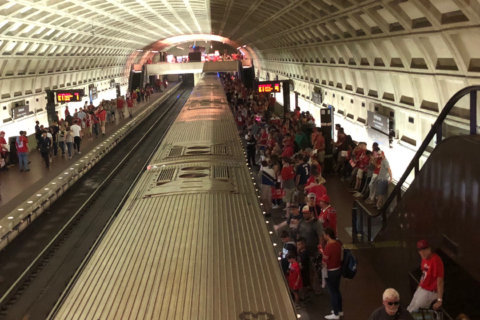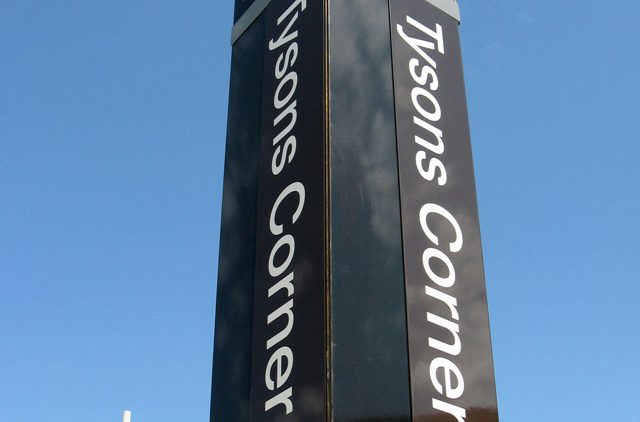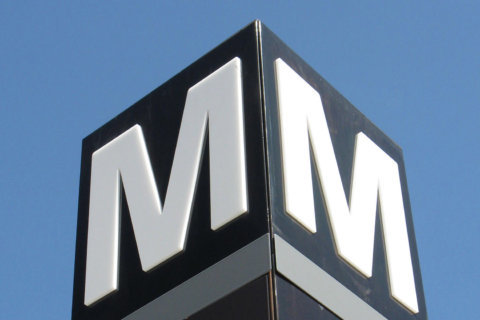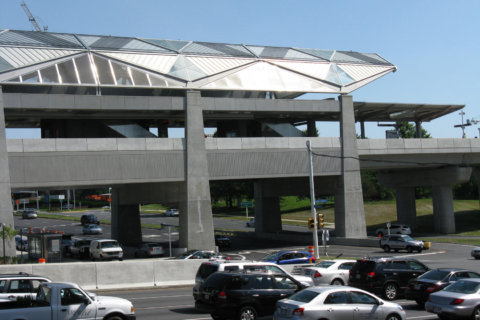WASHINGTON — Significant increases in Metro ridership across Northern Virginia in June and July of this year, compared to the same time last year, suggest the degree to which round-the-clock track work keeps people away from the system.
Across all Northern Virginia stations in June, average weekday ridership rose 5 percent from the year before, when Metro’s first round of 24/7 work zones were just wrapping up.
This July, average weekday ridership based on the number of entries and exits at Virginia stations rose 10 percent after years of ridership declines according to Metro data provided to the Northern Virginia Transportation Commission.
Meanwhile, weekend rail ridership dropped significantly in June as regular weekend track work disruptions continued. In July, when there were a number of big events like the All-Star Game and Metro limited weekend track work, Saturday ridership ticked up 6 percent. Sunday ridership was down, but only slightly.
Weekend track work is expected to continue indefinitely.
There is also a significant change in ridership by station, given the reduced number of weeks Metro has implemented scheduled rush-hour work zones this year.
At Silver Line stations, ridership bounced back 7.9 percent in April, May and June. Orange Line stations Vienna, Dunn Loring and West Falls Church saw only an 0.6 percent increase.
Stations shared by the two lines saw a 2.1 percent ridership increase in April, May and June compared to the same time a year earlier, including an 8.5 percent increase at Clarendon.
Blue Line-only stations saw ridership rebound 3.7 percent, even with reduced usage of Arlington Cemetery.
On the Yellow Line, a 38 percent spike in ridership at Eisenhower Ave. drove a 10 percent increase when combined with Huntington.
At stations shared by the Blue and Yellow Lines, ridership rebounded 2.8 percent.
Total ridership at Virginia stations in the last quarter of the budget year rose 3.4 percent compared to the same months in 2017.
Looking at June and July of this year, Metrobus ridership in Northern Virginia continued seeing an ongoing decline on both weekdays and weekends, while MetroAccess ridership has increased.








